Who Controls the User Experience? AMD’s Carrizo Thoroughly Tested
by Ian Cutress on February 4, 2016 8:00 AM EST#4 The HP Pavilion 17z-g100 (Carrizo, A10-8700P)
Of the group, the HP Pavilion sits as the larger screen, medium range hardware component with a similar sort of finesse to the Elitebook, albeit at a much lower price point. This 17-inch model was certainly heavy, suggesting that it is more aimed at that desktop replacement or mobile office group of users who want a large screen, although this one was also a 1366x768 TN panel, which pushes down the sticker price.
| HP Pavilion 17z-g100 (Carrizo) Specifications | |
| Size and Resolution | 17-inch, 1366x768 TN with Touch |
| Processor | AMD A10-8700P Dual module, 4 threads 1.8 GHz Base Frequency 3.2 GHz Turbo Frequency |
| Graphics | Integrated R6 384 Shader Cores 800 MHz maximum frequency GCN 1.2 |
| TDP | 15W |
| Memory | 8 GB in Single Channel Operation 1 x 8GB at DDR3L-1600 C11 Dual Channel Capable |
| Storage | 1TB HGST HDD |
| Battery Size | 41.113 Wh 4 cell Li-Ion design |
| WiFi | Realtek RTL8723BE 802.11n 1x1 |
| Optical Drive | Yes |
| Dimensions | 16.49 x 11.29 x 1.12-inch |
| Weight | From 6.84 lbs |
| Webcam | 1280x720 |
| Ports | Memory Card Reader HDMI 2 x USB 3.0 + 1 x USB 2.0 10/100 Ethernet |
| Operating System | Windows 10 Home |
This unit was purchased especially for our testing (it turns out there’s a Best Buy around the corner from AMD HQ), and comes in low on the hardware all around. Aside from the screen, the A10-8700P processor comes mid-stack of the Carrizo parts, with a 1.8 GHz base and 3.2 GHz turbo frequency for the dual module/quad thread design. The integrated graphics rings in at 384 streaming processors, or 6 compute units, running at 720 MHz.
Memory and storage are at the base level, going for a single module of 8GB (meaning single-channel memory operation) and a 1TB HGST mechanical hard-drive. The Pavilion is dual channel capable though, which would be my first port of call for an upgrade. The Wi-Fi is also bargain basement, being a single stream 802.11n solution in the Realtek RTL8723BE.
There has to be some upsides to this, right? Assuming low power everything, low resolution display, large heavy design with a big battery? Our light battery life test clocked in at 5.43 hours, or 326 minutes, meaning that some of the hardware here is only here because it needs to hit a price point.
The Design
Aside from the specifications, the Pavilion has a good look to it.
Aside from the outside of the chassis at the top of the page, the insides give a near-complete keyboard with a number pad and a curved fold-in display latch that feels aesthetically pleasing to me. The keyboard has some quirks, namely the arrow keys are of different sizes and the lack of a quick access mute/airplane mode button. The trackpad is slightly offset to the left, and I didn’t actually hate the movement on this one. The wrist rest is smooth but plastic, the sort that leaves oils and grease from hands touching it.
The audio strip is a Bang & Olufsen design, with a power button on the left.
On the sides we get two USB 3.0 ports, a single USB 2.0 port, HDMI output, power/drive lights, a 3.5 mm headset jack, the exhaust vents, a full sized Ethernet port, a card reader, and the first laptop in this test with a DVD drive.
The vent on the side is the exhaust, and the intakes for the Pavilion are on the bottom, as shown above. As you might expect, there are a number of rubber feet on the bottom, including a single strip closed to the user, to help with stability, balance and grip.
Pavilion Specific Testing
On the display, the minute someone announces 13x7 TN it should fill most enthusiasts with dread. The lack of viewing angles was fairly obvious, but it wasn’t the worst display we tested from the set. Low brightness was at 0.624 nits while peak brightness was at 203 nits, giving a respectable 325 contrast ratio. The peak brightness is somewhat low, but that low peak brightness fits between the two Elitebooks.
For color reproducibility, both green and red have a good crack at it, with green doing better under 50% and red doing better over 50%. Blue undershot the whole range pretty much, as we saw on the other HP notebooks.
The processor page looks much like the others, with four processing threads and six graphics compute units.
On the integrated R6 graphics, this confirms the 384 streaming processors running at 720 MHz. An interesting element here is the memory bandwidth, showing 19.2 GB/s which is half-way between single channel and dual channel, which means the memory might speed up under load, or we have a wrong reading. Not sure on that one.
On the battery charge, the 41.1 Wh battery gave a 50% charge in 41 minutes, before hitting 98% charge in 96.


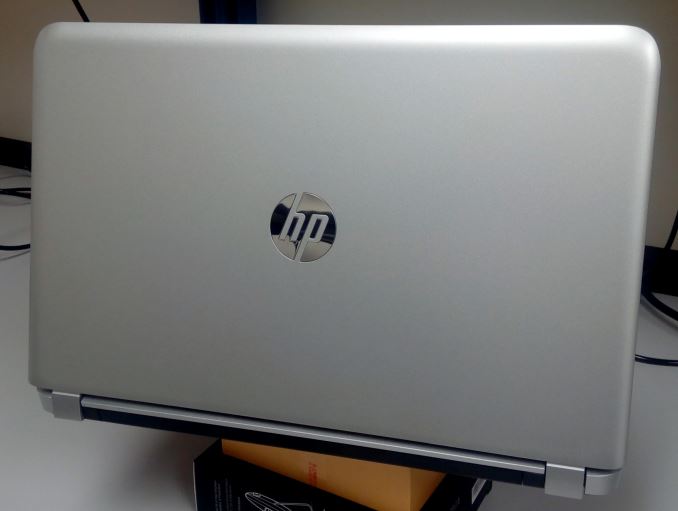






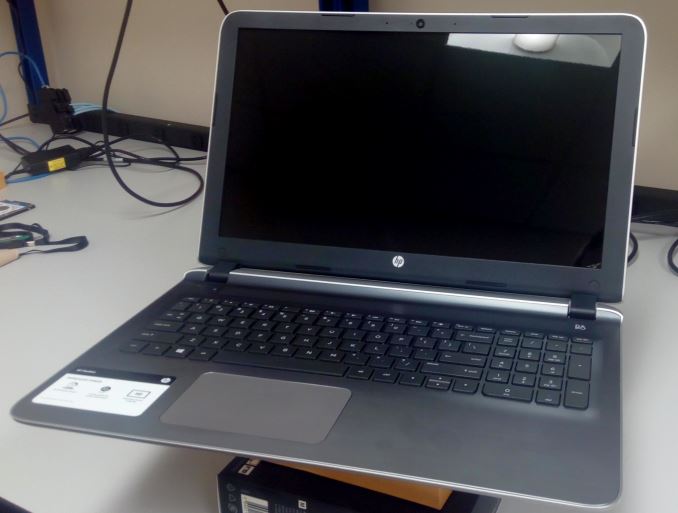
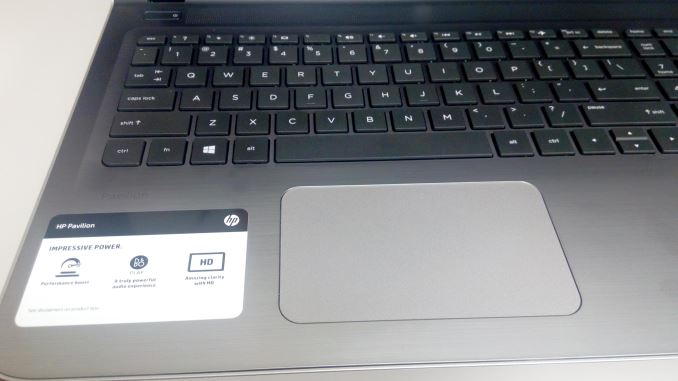
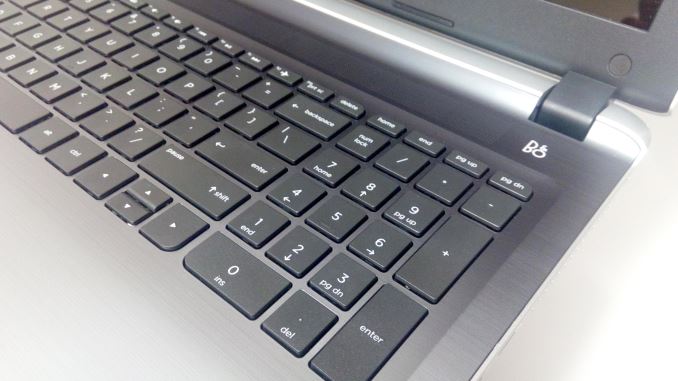


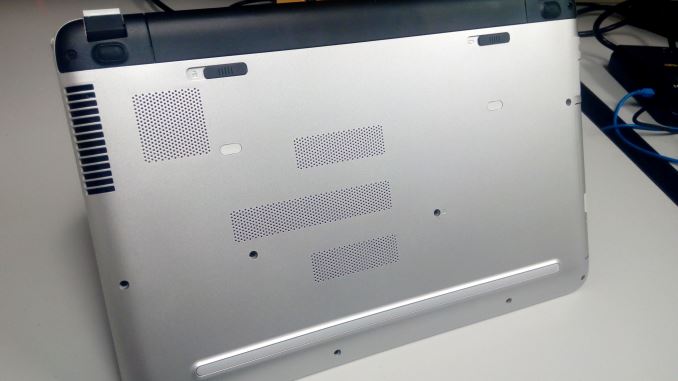
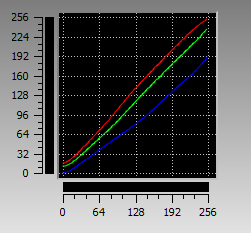

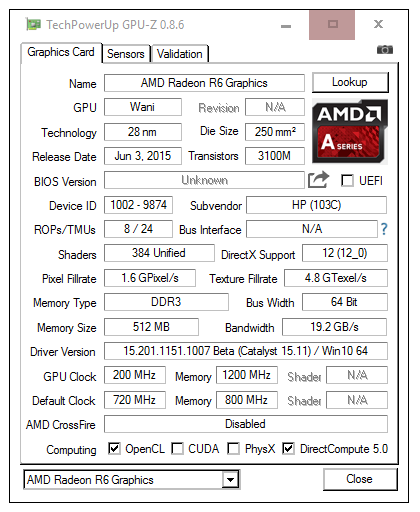
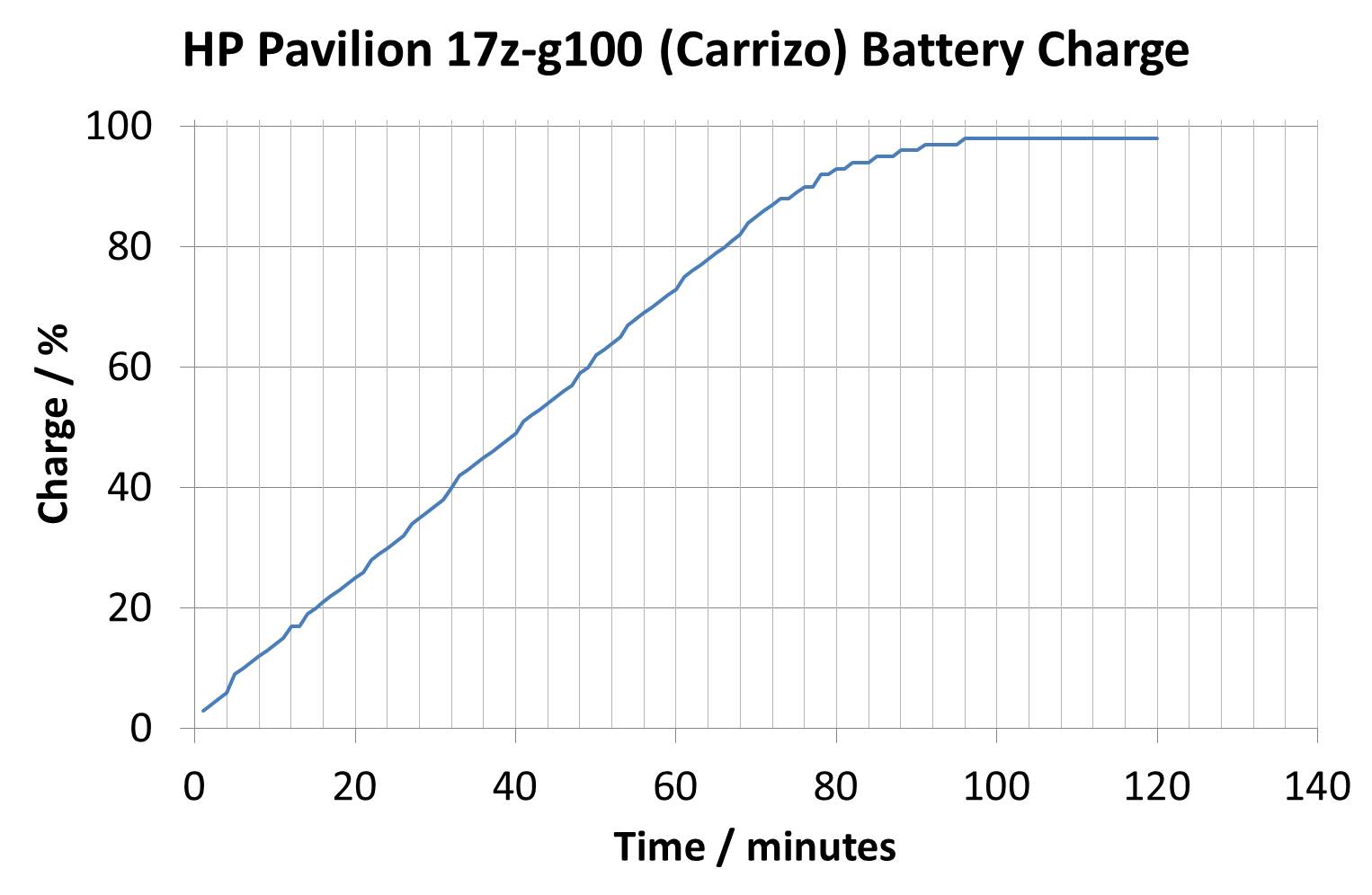








175 Comments
View All Comments
LarsBars - Friday, February 5, 2016 - link
I am really surprised that with AMD's current objectives, and strength in graphics, they didn't make the decision to have the cat cores use dual-channel memory controllers. Intel Atom x7 uses a dual-channel controller.I am really happy to see AMD's long-term decision making. I've read them saying things like "Going forward, we don't want to be regarded as the ultra-low cost option." Which hopefully means the end of articles like this one.
GREAT article, Ian.
bluevaping - Saturday, February 6, 2016 - link
Zen-L with single channel memory? I hope for none...leopard_jumps - Saturday, February 6, 2016 - link
I expected much more from AMD ! Very disappointed .mdriftmeyer - Saturday, February 6, 2016 - link
What's up with POV-Ray 3.7 Beta? POV-Ray 3.7 was released in November 3, 2013.MUSON - Saturday, February 6, 2016 - link
Notebookcheck.net tested the HP Elitebook 745 G3 with a dual channel setup. Performance gains range anywhere between 40% and 50% with gaming.http://www.notebookcheck.net/HP-EliteBook-745-G3-N...
leopard_jumps - Saturday, February 6, 2016 - link
Good find ! Yet the performance is insufficient . GT 940M is the better choiceleopard_jumps - Saturday, February 6, 2016 - link
They call it Geforce 940M instead of GT 940M . Interesting why ?extide - Thursday, March 24, 2016 - link
Both are somewhat incorrect, the proper name is Geforce GT 940Mzodiacfml - Saturday, February 6, 2016 - link
I love the graphs and detail. In the end there's one simple fact which is giving AMD the problem. It is Chipzilla's cash and capability in process nodes. Since you had the good point of mentioning that, most of the time, the SoC didn't mattered to consumers as probably because of good enough performance, AMD's simple goal is to achieve Intel's same process advantage for its known values.AMD's chips are too big now with half the price of Intel's chips. They are selling near costs and is fighting for survival only. AMD's team is probably excited with their partnership with Samsung as this will put them again close to Intel in terms of process node advantage.
I believe, it didn't matter for AMD with the shortcomings of available devices as their goal seems to be surviving while continue research and development for future products and process nodes and put them back in the game.
zodiacfml - Saturday, February 6, 2016 - link
I just saw some benchmarks with dual-channel memory and they are pretty impressive for entry level gaming on a 1366x768. I could have bought this versus an i5-5200 laptop I bought last year. But then, I haven't seen any Carrizo in the local market yet.